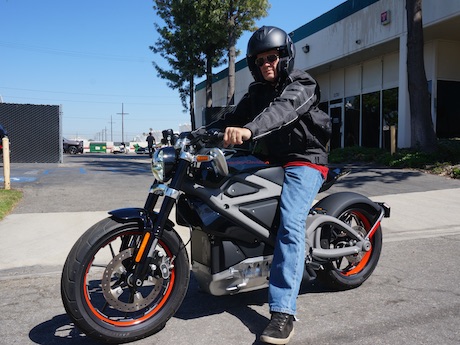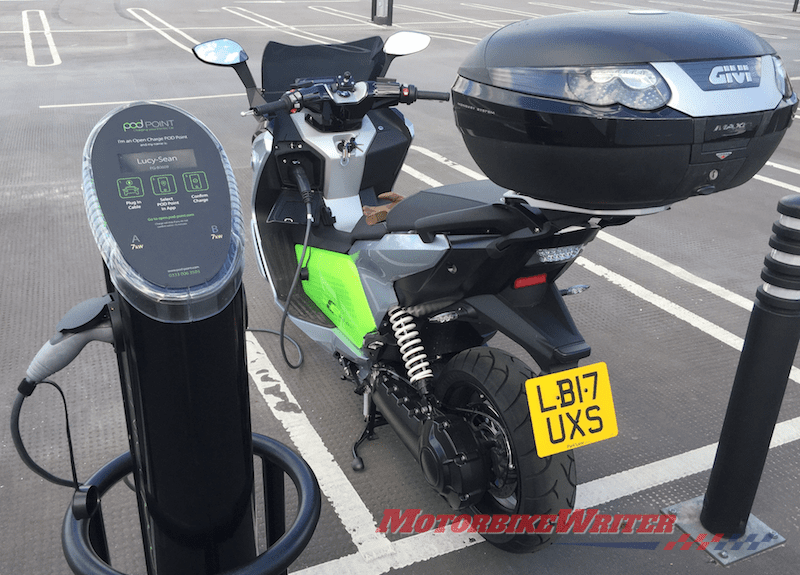There was supposed to have been an electric motorbike revolution by now, with every second rider on a green machine. Instead, what we’ve seen is a trickling in of technology from around the world, along with a gradual uptake. What we’re going to do in this article is take a fresh look at these kinds of bikes, and then discuss options that are available in 2018 and beyond.
Why choose an electric motorbike?
When we talk about an electric motorbike, we mean a bike with a rechargeable battery system that drives an electric motor. Sure, there are hybrids available, but for the purposes of this article we’ll stick to the purer electrics that are out there, the ones that plug into mains electricity in order to provide all or most of the machine’s power. Just some of the reasons you might want one are:
- The green factor, because these bikes are, above all, environmentally friendly and should therefore let you ride with a clear conscience (depending on how your electricity is produced!);
- The maintenance factor, because these kinds of bikes usually need very little work done to keep them running;
- The fuel factor, because running off electricity is much, much cheaper than using fuel.
Why wouldn’t you choose an electric motorbike?
Very little noise output is a factor that could easily make someone opt for an electric motorbike, but equally it could be a massive turn-off. Who wants a quiet motorbike? It’s like a lion that can’t roar. Plus, there is the common debate: is a quiet bike as safe as a loud one? Pedestrians and motorists might not be able to hear you coming on an electric bike. On the flipside, with your bike being quieter, you might better be able to hear other vehicles approaching more easily.
Another factor to consider is the cost. Many of us simply cannot afford a new bike, especially an import – which many electrics are. The way around this, of course, is to turn to sources of extra income such as forex trading or share investment. But we’re not all financial geniuses, and so affordability should definitely be taken into account.
Range used to be a major issue – with electric bikes being unusable for longer journeys – but this has largely been solved by manufacturers. More importantly is the recharging time, now down to about 30 minutes for 80% of the battery, but several hours for a full charge. And so, if you can afford it and you don’t mind riding a near-silent bike (or one which produces artificial noise), an electric motorbike could be something to consider. But what are they like in 2018 and what form will they take in the future?
Coming in 2018: Emflux One

Coming soon to Australia is the Indian-made Emflux ONE. The styling of the bike compares well to combustion-engine competitors and with a top speed of 200km/h it will certainly keep up. What’s more this bike can charge to 80% of capacity in just over half an hour. So, that’s not too bad an offering. And when it comes to the price, we’re looking at between $A12,000 and $A22,000, depending on the model. Oh, and the range? 200km when it comes to city driving, which isn’t too shabby either.
Coming in 2019: Harley-Davidson

This is the one exciting so many motorbike riders around Australia and the wider world: the coming electric Harley. What will it look like? And what will it sound like?
To give us some idea of the answers to these questions we could look to the Harley LiveWire project, which took place in 2014. This involved the launch of a prototype which was given to certain members of the press and public to test ride.
In terms of looks it fitted in well with the rest of the Harley-Davidson family. And when it came to the sound, it delivered on this front by producing a satisfying noise created by meshing the reduction gear. On the road it was impressive, offering quick acceleration and a not-bad top speed of 120km/h. So, if the coming Harley is anything like the LiveWire, the future of electric motorbikes is assured.
Looking further ahead
Of course, there are many more brands and variants of electric motorbike to consider, but we have chosen to focus on two examples from different sides of the industry. And as more and more riders adopt these types of motorbikes, there are certain to be many more advancements and options on the way.
Whether electrics become the preferred choice remains to be seen, but for now, at least, they are an interesting and exciting alternative.
(Guest post)


